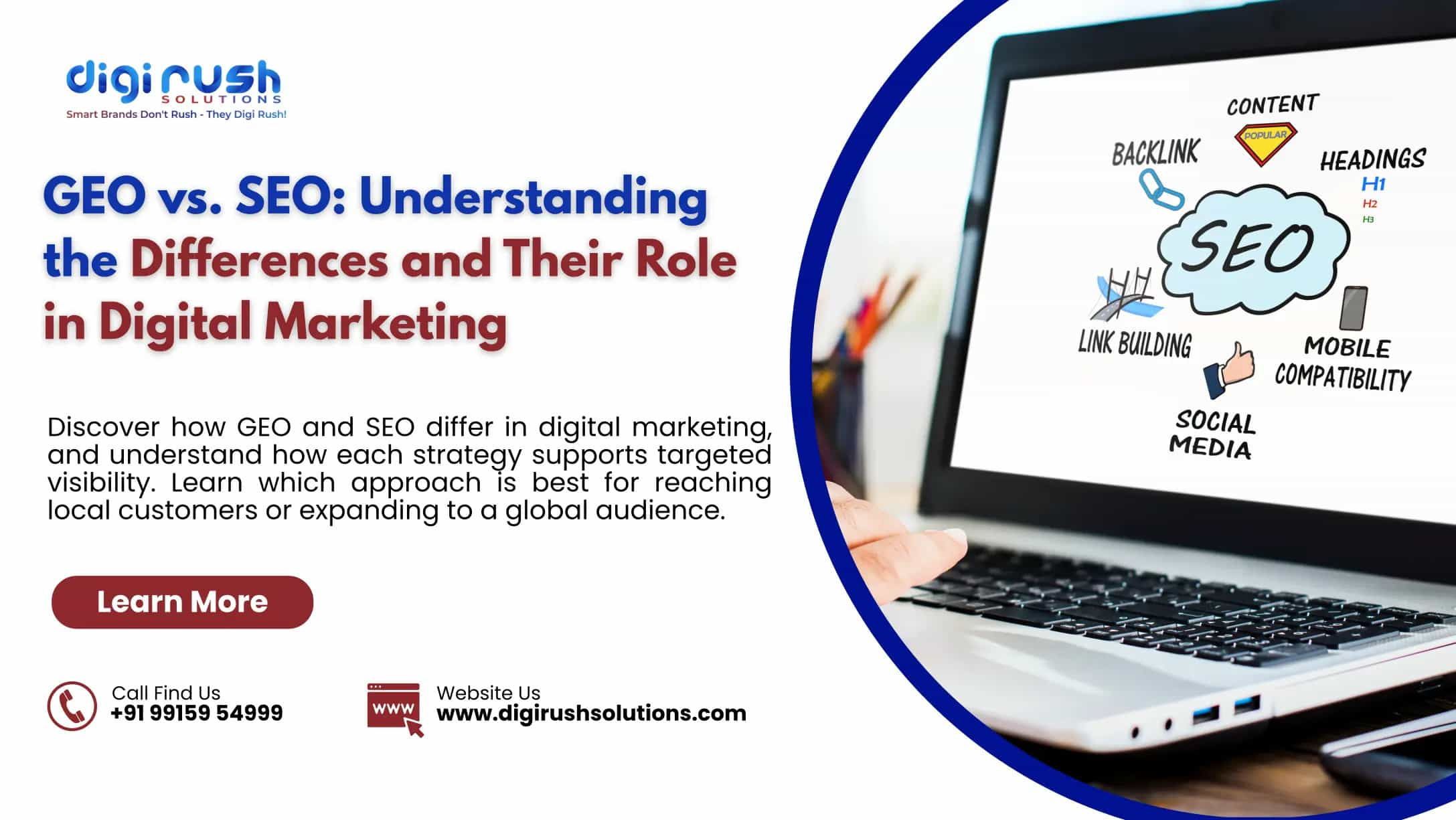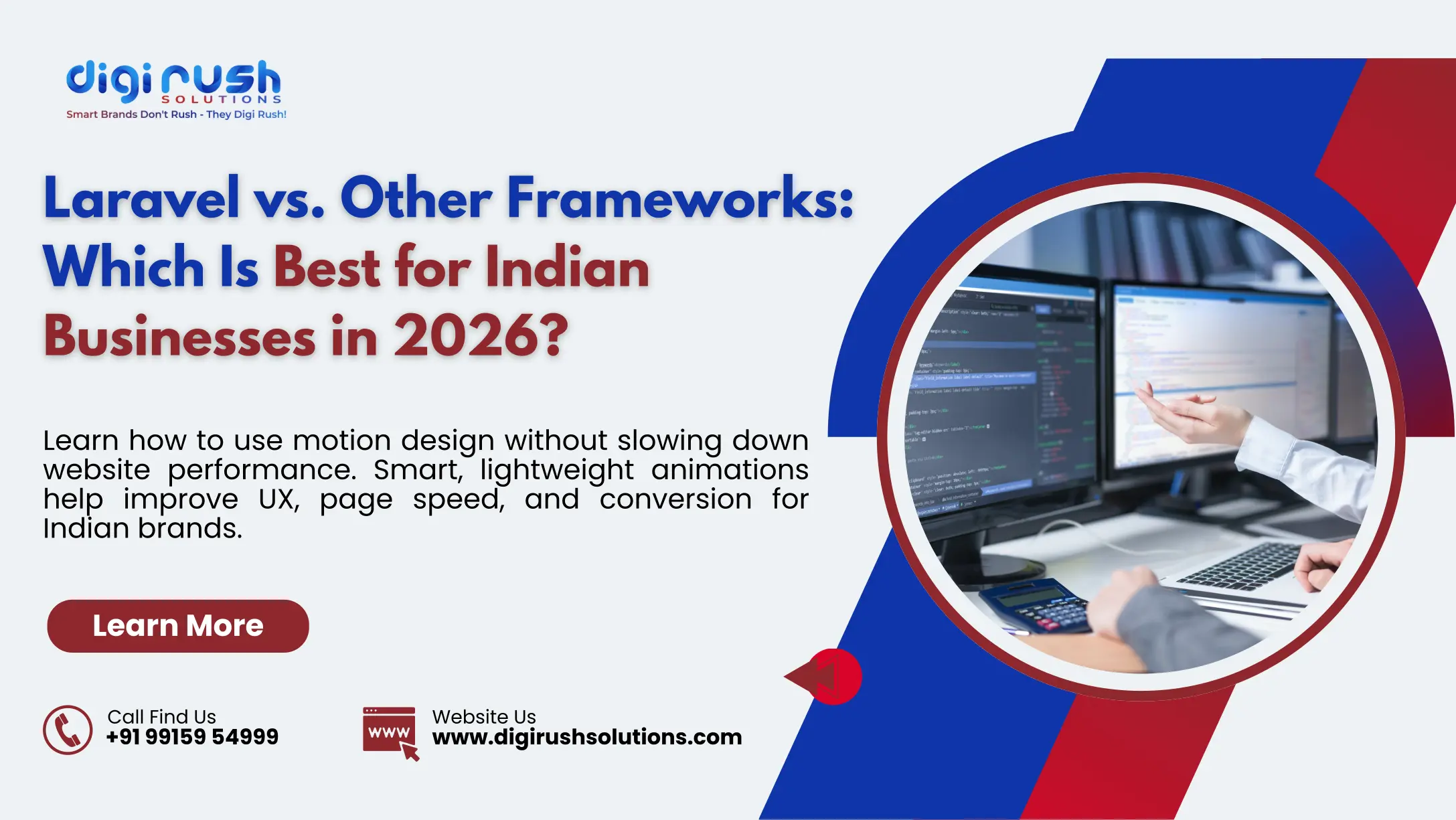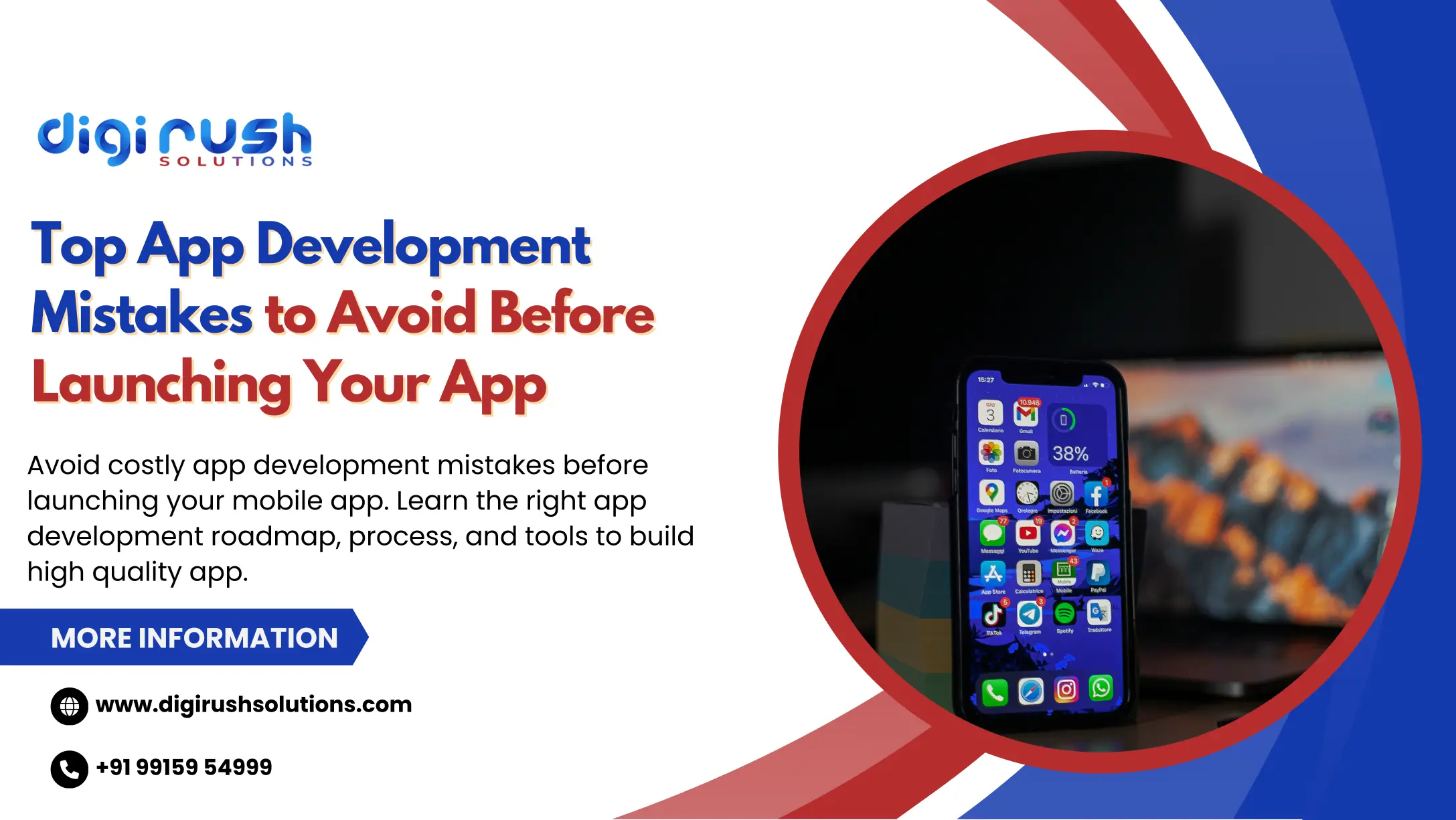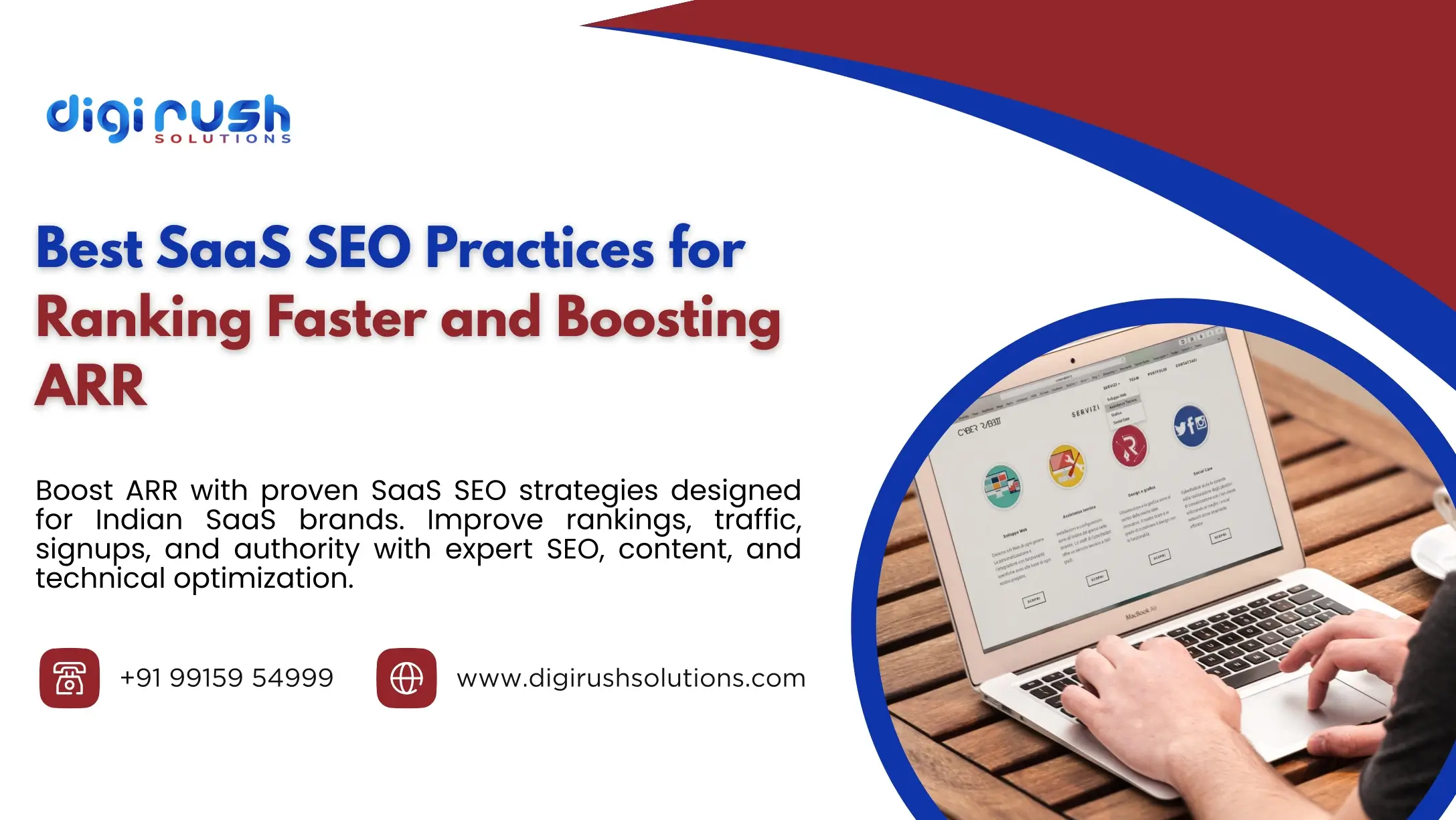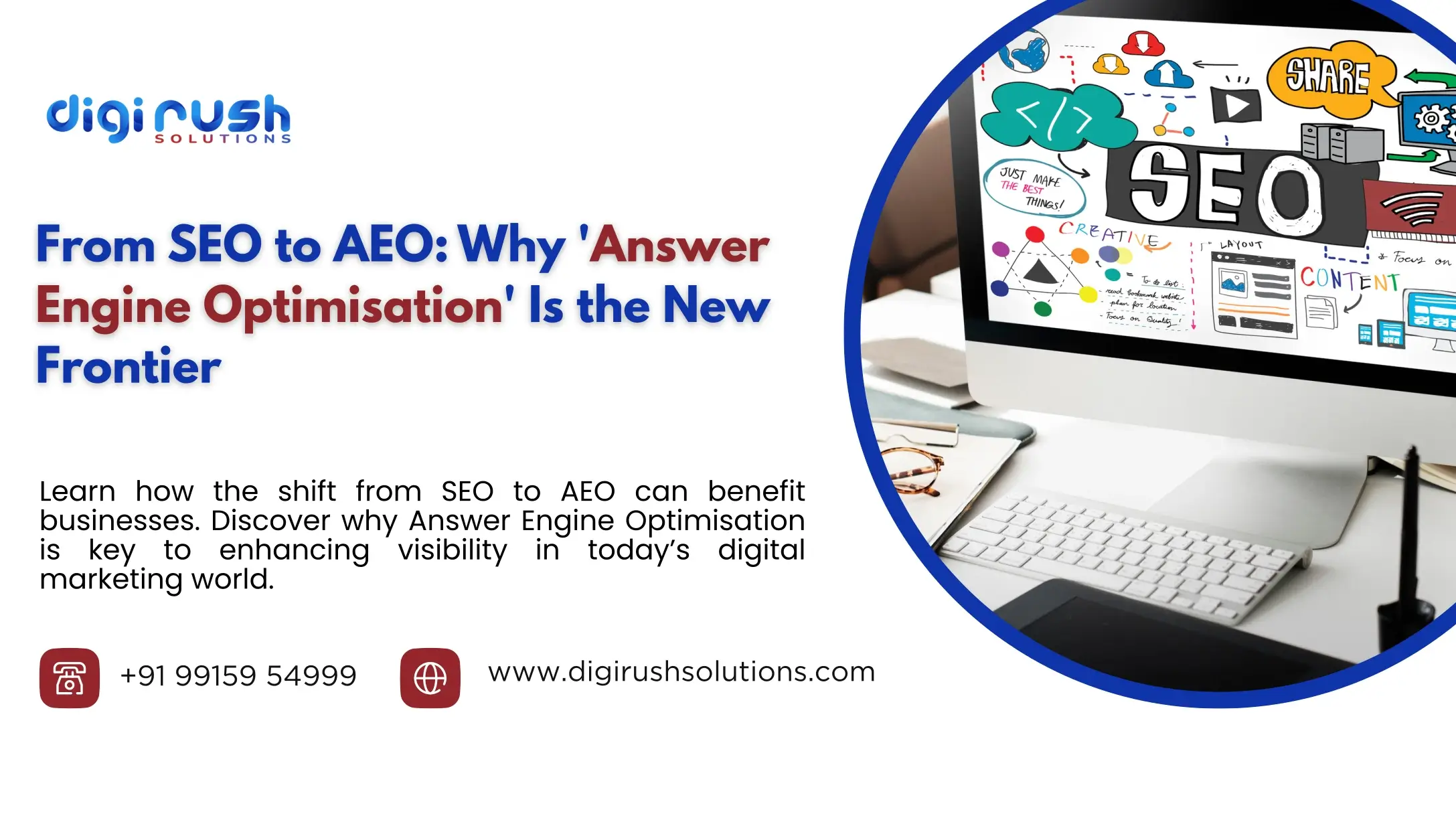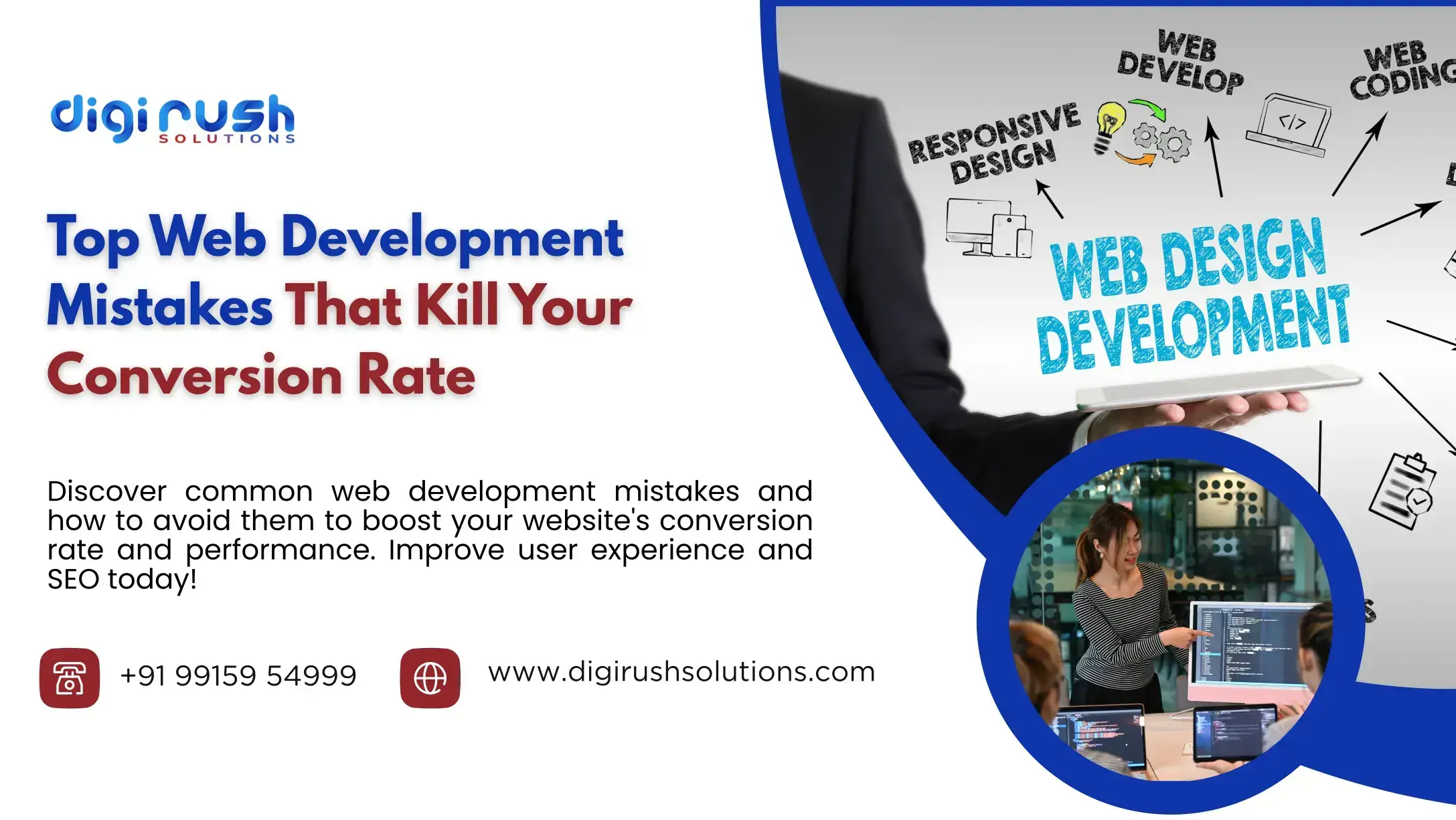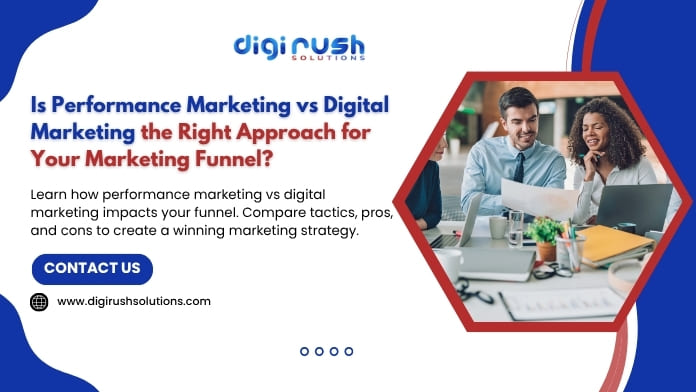
Marketing funnels have come a long way, and the game for brands these days isn't about getting noticed—it's about turning eyeballs into actual growth. Perhaps the biggest question companies have is how to invest more in performance marketing vs digital marketing to get results.
They are both mighty, they both fall under the digital banner, and they both can revolutionize your funnel—but they go about it in vastly different ways.
So, which one suits your funnel? Let's put it into a real-world context to break it down.
Performance Marketing and Digital Marketing: What Sets Them Apart?
Digital marketing is an umbrella strategy that encompasses everything from content marketing and SEO to social media, email, and online advertising. Its purpose is to establish a lasting presence, generate awareness, and activate audiences across touchpoints.
Performance marketing, however, is exceedingly results-driven. You don't pay for impressions or reach; you only pay when a specific action is taken, such as a click, a lead, a sign-up, or a sale. Every single dollar that gets spent has a quantifiable ROI.
Consider digital marketing to be the entire toolkit for establishing your brand, whereas performance marketing is a specialized tool designed to provide instant, measurable results.
Why Your Funnel Strategy Should Drive Your Choice
Your marketing funnel—the path prospects follow from learning about your brand to being loyal customers—will inform your choice. Most often, it consists of three phases:
- Top of Funnel (TOFU): Creating awareness and attracting a cold audience.
- Middle of Funnel (MOFU): Informing and guiding leads as they assess choices.
- Bottom of the Funnel (BOFU): Converting prospective customers into paying clients.
Digital marketing excels at the top and middle levels, where brand perception and trust are essential. Performance marketing rules the bottom, where users are primed to act, and you can measure your returns directly.
Where Performance Marketing Wins
Performance marketing is all about accountability. Because you're only paying for activities that can be measured, you can very closely track ROI and tweak campaigns on the fly. Some go-to strategies include:
- Pay-Per-Click (PPC) Ads – Google Ads, Meta Ads, and LinkedIn campaigns that are optimized for clicks or conversions, usually managed by a dedicated PPC agency in India.
- Affiliate Partnerships – Compensation of partners for bringing traffic, leads, or sales.
- Retargeting Campaigns – Returning users who've indicated interest but failed to convert.
- Programmatic Ads – Leveraging AI for real-time ad placement and audience targeting optimization.
This method is ideal for companies with limited budgets, ambitious growth aspirations, or immediate needs for success.
Where Digital Marketing Holds the Edge
Digital marketing is about the larger picture. While performance campaigns encourage instant behavior, digital marketing builds the ecosystem that continues to engage your audience in the long term.
- SEO and Content Marketing – Drawing organic traffic and establishing credibility with the assistance of the top SEO agency in India.
- Social Media Engagement – Building communities around your brand using expert social media management services.
- Email Nurture Campaigns – Building Strong Customer Relationships and Retention.
- Brand Storytelling – Building credibility and emotional resonance.
The payoff isn't always immediate, but a strong digital presence can significantly reduce your dependence on paid campaigns in the long run.
Performance Marketing vs Digital Marketing: Which Fits Your Funnel Best?
While considering performance marketing compared to digital marketing, consider your business goals, budget, and timeline:
- Need fast, measurable results? Performance marketing gets you there.
- Seeking long-term growth and brand equity? Digital marketing gets the job done.
- Squeezing budgets? Performance marketing reduces risk since it only pays for results.
- Building authority? Digital marketing strengthens awareness and trust across channels.
For most companies, it's not an either-or situation—it's a matter of finding the right combination.
The Power of Combining Both Approaches
The most powerful marketing funnels combine both. Let's say this:
- A business employs SEO and content marketing to drive natural traffic and gain trust (digital marketing).
- Warm leads are then retargeted with conversion-driven retargeting ads (performance marketing) that push sign-ups or purchases.
Together, they provide an end-to-end experience: awareness at the top, engagement in the middle, and quantifiable conversions at the bottom.
Real-World Comparisons: Where Do Other Models Fit?
- Performance marketing vs brand marketing: Brand marketing takes the long view, forming opinions and building emotional bonds. Performance marketing, on the other hand, causes immediate, measurable actions.
- Performance marketing vs growth marketing: Growth marketing tests the entire funnel, every touchpoint. Performance marketing focuses on distinctive, quantifiable results.
- Performance marketing vs digital marketing examples: A YouTube campaign for brand awareness increases reach (digital marketing), but an Instagram retargeting campaign increases completed purchases (performance marketing).
- Performance marketing vs. digital marketing: Advantages and disadvantages. Digital marketing fosters long-term growth and brand credibility, but this process can occur slowly. Performance marketing offers instant, ROI-based outcomes but requires continuous optimization.
Common Mistakes to Avoid
- Over-reliance on a strategy: Relying too heavily on performance marketing may yield rapid wins but exposes your brand to vulnerability should ad costs increase. Dismissing performance marketing may mean foregoing opportunities to convert interested prospects.
- Misaligned funnel tactics: Applying performance marketing for awareness campaigns can result in wasted spend. On the other hand, relying solely on digital marketing during the conversion phase could dampen results.
- Overlooking data analysis: Both methods require monitoring. With no metrics in sight, you're unable to maximize campaigns or accurately gauge their success.
Building the Right Strategy for 2025 and Beyond
Here's how to determine the appropriate balance for your marketing funnel:
- Audit Your Funnel – Identify where prospects drop off and pinpoint the weak points in those stages.
- Establish Clear KPIs – Define what success will look like at awareness, engagement, and conversion levels.
- Budget Strategically Allocated – Invest in online marketing for long-term growth and brand value, as well as in performance marketing for measurable returns.
- Leverage Technology – Utilize analytics tools, AI-powered ad platforms, and automation to drive data-driven decisions.
- Test and Iterate – Continuously adapt your approach based on performance and evolving customer behavior.
Final Takeaway
The performance marketing vs digital marketing argument isn't about one or the other—it's about matching your strategy to your funnel. Digital marketing establishes trust and familiarity; performance marketing converts that interest into action.
When combined effectively, they create a marketing engine that captures attention, nurtures leads, and drives measurable growth. Whether you're working with a web development company in India to create a robust online presence or running precision-targeted campaigns, the brands that thrive in 2025 won't pick sides—they'll master the art of blending both for maximum impact.
Recent Blog


